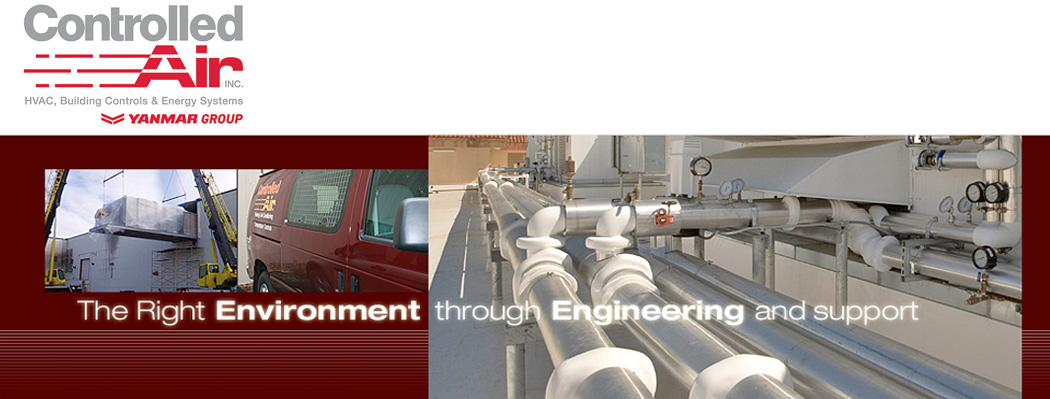The Importance of Duct Work
Contributed by Vincent Chiocchio, President
I have been asked many times over the years, why do I want to spend the extra money on ductwork? It only is hidden by the drop ceiling and as long as the system cools when I lower the thermostat and heats when I raise the thermostat, what else matters. Well, that poorly designed and installed duct system is costing you money every day!
The poorly designed and installed system restricts the air flow to the HVAC unit. This restriction must be compensated for to maintain the comfort capabilities within the space. The compressor now operates at a less efficient point with this reduced air flow caused by the restriction. This causes the compressor to operate at a reduced output capacity and at a less efficient point using more watts per btu than at optimum design. It now has to run longer to achieve the same amount of cooling using even more energy.
Well, we can compensate by increasing the airflow. This increase requires more energy to move the air, trying to compensate for the restriction. In most HVAC systems the fan cost more to operate then the cooling compressor itself. This fan energy can be appreciable, especially when the fan operates for cooling, heating and ventilation purposes running well over 3000 hrs per year. For the same reasons, poorly sealed and insulated ductwork also contributes to additional operating cost.
Faced again with this question about the added cost for the duct system, I now used the Building Energy Modeling Software to substantiate my hypothesis. I entered both a poorly designed and leaking duct distribution system and an efficiently designed tight fitting duct distribution system and compared the energy cost on identical building and equipment. The efficient system paid for itself in about three years. To me that’s a pretty good return on your investment.
